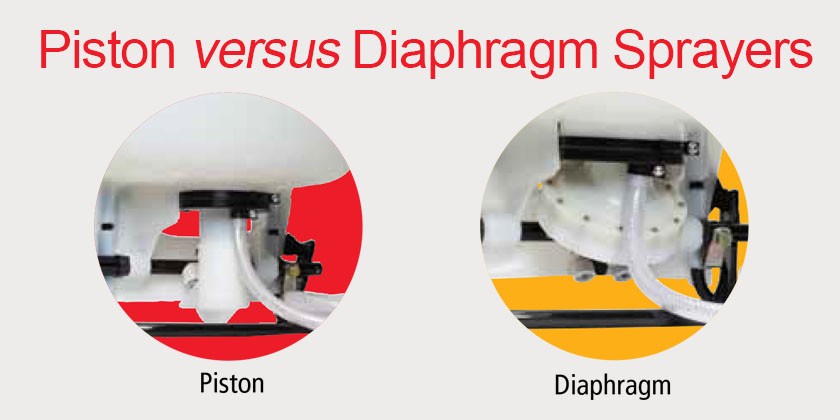
Are you considering purchasing a backpack sprayer? Today’s sprayers have an abundance of options that can be a bit overwhelming if you do not know what you are looking for. Taking the time to think ahead of the many ways you plan to use your sprayer will help you get the best piece of equipment for your investment.
BACKPACK SPRAYERS HAVE MANY OF FEATURES TO CONSIDER.
- Tank Size: Select a tank size that is large enough for your projects, but not so large that you have extra, unnecessary weight. Large tank openings reduce spillage when adding chemicals.
- Tank Materials: Tanks should be made of UV and corrosion resistant materials for a long life.
- Seals & Gaskets: There are multiple types of seals based on the chemical(s) that you will be using. These parts greatly affect the life and performance of the sprayer, not to mention the prevention of leaks.
- Comfort: Components such as shoulder straps, carrying handles and frame size will affect your comfort and fatigue level when using the sprayer.
- Safety Features: Look for shut-off valves, with lock-on/lock-off feature, to control spray and prevent dripping.
- Nozzles: Interchangeable nozzles allow for multiple spraying tasks.
Another key consideration is the type of pressure pump assembly that will work best for your needs. Backpack sprayers are constructed with either Piston or Diaphragm pumps – each has its benefits:
PISTON SPRAYERS:
Piston sprayers include a cylinder housing in which, when pumping, a piston moves up and down to create pressure.
- Most piston models can reach up to 90 psi.
- Higher psi delivers smaller droplet size and has a further reach.
- Use with low abrasive, low viscosity spray liquids such as herbicides and insecticides.
- Easy to repair.
- Not for use with wettable powders, abrasive or bleach solutions which can cause premature wear or failure of the pump.
DIAPHRAGM SPRAYERS:
Diaphragm pumps feature a flat, diaphragm inside of a housing held together by screws. When pumping, the diaphragm flexes up and down to create pressure. These pumps tend to be more durable because there is no contact with the cylinder wall.
- Diaphragm pumps can reach up to 60 psi.
- Can be used with wettable powders, abrasive or bleach solutions.
- Repairable, however, a bit more time consuming than a piston model.
All sprayers are not created equal. The next time you are in the hardware store take a look at both styles of sprayers. Choosing the correct sprayer type will give you the best overall performance and provide service for years to come.
For information on solo sprayers visit our website at https://us.solo.global
